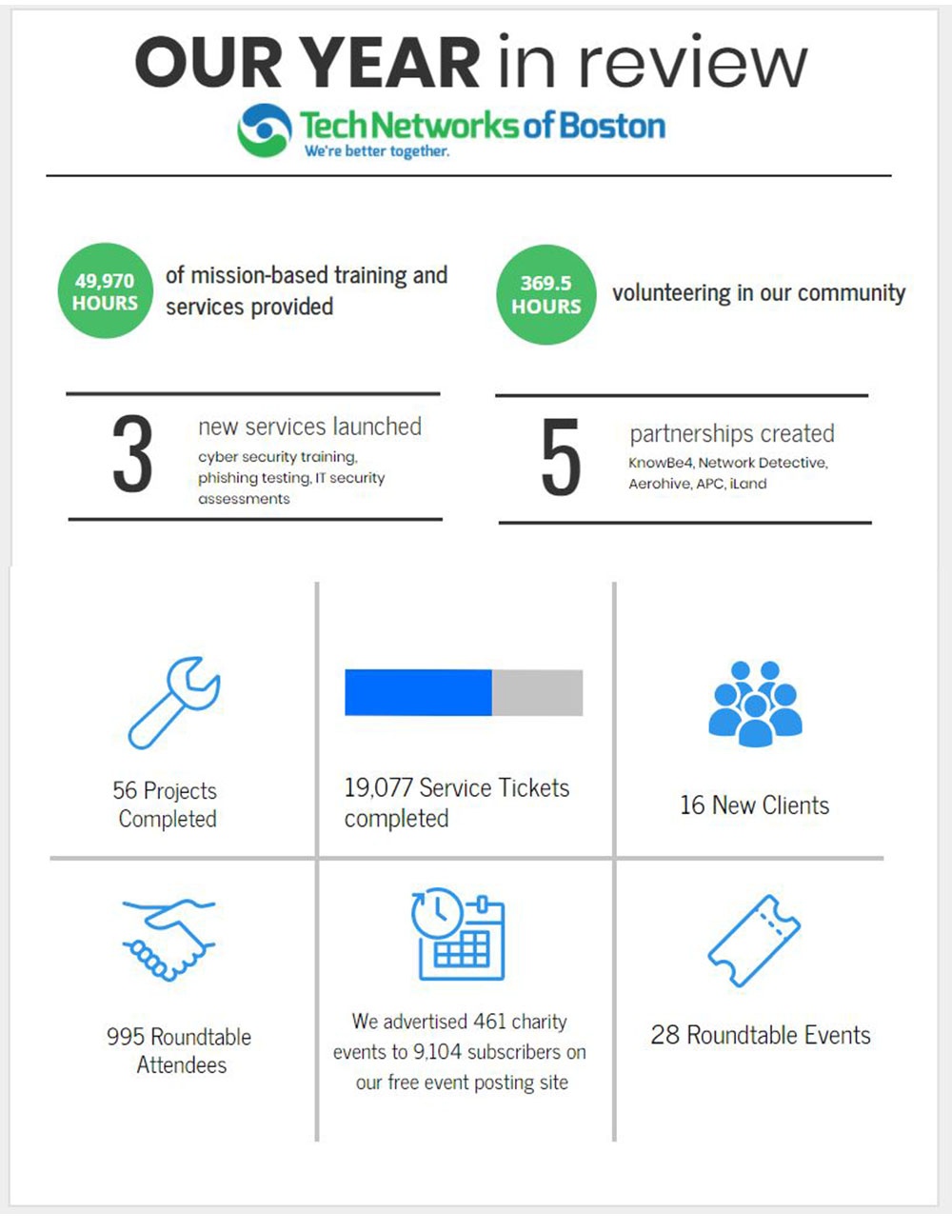By John Krentzman, senior IT consultant
We’re officially in the Age of the Cloud. Businesses of all sizes are looking seriously at the benefits cloud services can offer, and few people would argue that a move wouldn’t provide some sort of boost in terms of cost savings or business agility.
But cloud success isn’t a given. There are upsides to doing it right, of course, but there are also downsides to doing it wrong. Based on our experience working with customers on cloud implementations, here are four cloud mistakes you’ll want to avoid.
Don’t over-estimate the value cloud will provide
Cloud alone isn’t going to transform every part of your business, so it’s best to go in with realistic expectations. Don’t expect cloud to transform broken processes. Don’t expect it to suddenly fix budget problems that have been building for years. Understand what problems it can solve and set realistic goals for the role a cloud implementation can play in solving those problems.
Employees that get oversold on what cloud does, or what it can provide, will get frustrated and question the overall plan the business has set. This can cause dissention and affect productivity.
Working with an IT service provider, an organization can start with a clear understanding of not just how to plan a cloud implementation but how to measure its success. That goes for big sets of measurement –such as cost savings. It can also involve simply explaining what kinds of changes users can expect. If users expect no changes in the way they do their jobs, they may be mistaken. If they expect to be able to access a certain feature on a cloud-based program the same way they used to using an on-premises tool, they’ll need to be counseled ahead of time.
You don’t want to overpromise about what cloud does – or doesn’t do. Being transparent with users and other stakeholders can ensure that a cloud implementation gets off to a good start.
Don’t let down your guard on security
Most companies that put applications or information into the cloud are aware that the practice introduces new security variables – and they address those variables. They’ll put a heavy focus on the technical component of security, deploying security software to protect against hackers penetrating their network perimeters.
But there’s another threat that can accompany a move to the cloud: underestimating the human component to security.
Clearly, everyday security threats (ransomware, phishing attacks, malware, malvertising) can happen to organizations that keep all their resources on premise, same as organizations that embrace the cloud. But what we’ve seen is that moves to the cloud can sometimes create an atmosphere where security is perceived as “somebody else’s problem.”
It’s not. It’s everybody’s problem. Companies that don’t practice constant vigilance after they move to the cloud put themselves at risk.
Don’t underestimate the need to get on the same page with users
Moving to the cloud can be a big change for users. They have gotten used to working with certain programs that operate a certain way, and they will be inherently resistant to change. It is critical to set up a detailed roll-out of the new services, giving users time to understand the changes they’ll have to make in their everyday roles.
If IT leaders don’t establish a positive dialogue with users early on about how cloud works, it can create an adversarial situation. Users can push back on the plan, and IT leaders who have invested time and energy in the project can question users’ technical ability and commitment to organizational goals.
IT service providers can bridge the gap when it comes to prepping new users. They can provide a critical role of being a trusted partner, exercising patience and practical advice at a time when users will have a lot of questions.
Don’t go too fast and get ahead the plan
It’s hard not to get excited about showing stakeholders all the positive impacts a new project will have on an organization. The team planning the project wants results fast, and it can get ahead of itself, leaving others confused about the overall end game.
This can happen in the cloud. IT leaders often get too aggressive with their rollouts, setting unrealistic benchmark goals and not settling for incremental successes.
As with other transformational organizational projects, cloud implementations need to proceed deliberately. Management books have been written about big organizations taking baby steps to reach a lofty goal – like rolling out a change on a department-by-department or task-by-task basis.
Don’t move all server applications to the cloud at once. Move them bit by bit, workload by workload, and make sure to allow adequate time for key personnel to evaluate each set of changes.
Conclusion
Cloud is no longer a “nice to have” service – it’s something no business can ignore. Done right, it can help your business modernize and become more competitive. The key is to set a plan, communicate and be ready to adapt, to avoid the kinds of cloud mistakes that can put your business on the defensive.
What kinds of challenges have you faced using the cloud? And how did you deal with them?



.jpg)




Leave a Reply